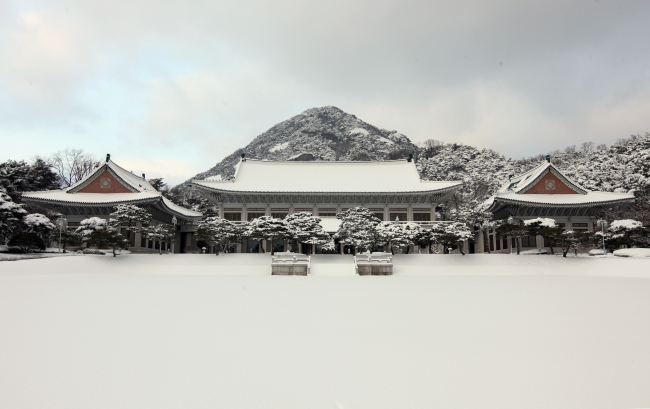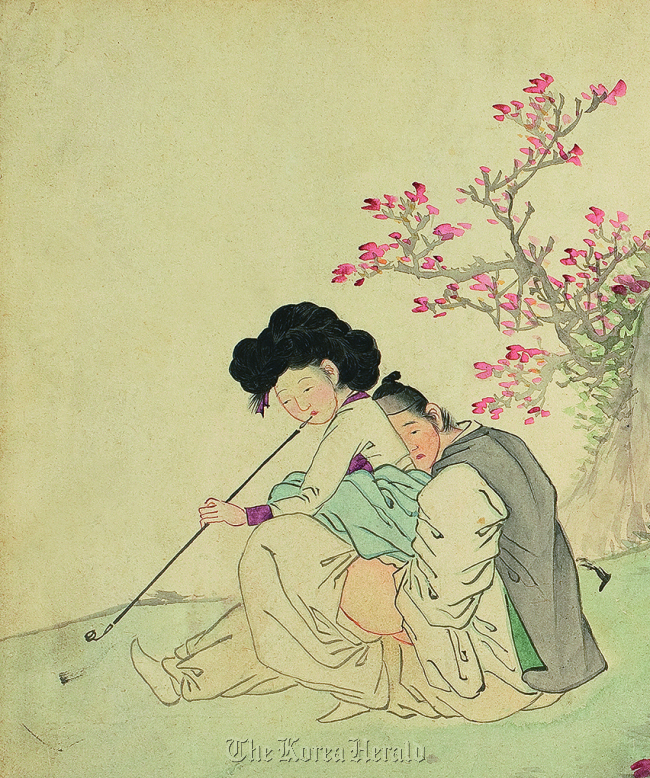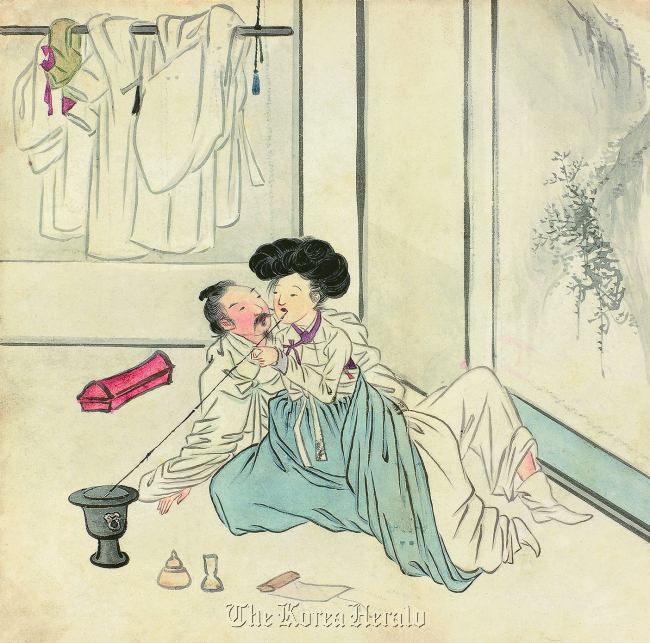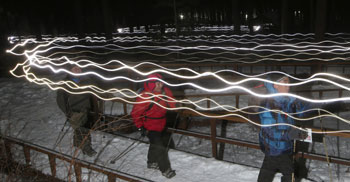More people head to natural hot springs to soak their bodies
and rejuvenate themselves when the cold winter weather kicks in. But
while they are known to be effective in treating neuralgia, skin
diseases, digestive ailments, arthritis, and rheumatism thanks to the
various minerals in the water, they can be harmful to patients suffering
from cardiovascular diseases, kidney dysfunctions, diabetes, or severe
hypertension.
The act of soaking the whole body in the water, except for the head, is equivalent to being subjected to 700 kg of high water pressure. This can pose a health risk to patients with cardiovascular diseases or hypertension as it raises the blood pressure and causes an accelerated heartbeat. As such, people with these ailments should only submerge the lower part of their body.

Although hot springs are known to be good for treating dermatological diseases, those with dry skin can find their problems exacerbated if they soak for a prolonged period. Hot spring water contains sulphur, which causes dead skin cells to melt away and can lead to dryness, redness and itching after a time. However, if used sparingly, the hot water can help make the skin smooth and soft.
Those who suffer from redness or swelling of the face should avoid hot springs entirely as bathing causes the capillaries to expand and can make the symptoms get worse.
The act of soaking the whole body in the water, except for the head, is equivalent to being subjected to 700 kg of high water pressure. This can pose a health risk to patients with cardiovascular diseases or hypertension as it raises the blood pressure and causes an accelerated heartbeat. As such, people with these ailments should only submerge the lower part of their body.

Although hot springs are known to be good for treating dermatological diseases, those with dry skin can find their problems exacerbated if they soak for a prolonged period. Hot spring water contains sulphur, which causes dead skin cells to melt away and can lead to dryness, redness and itching after a time. However, if used sparingly, the hot water can help make the skin smooth and soft.
Those who suffer from redness or swelling of the face should avoid hot springs entirely as bathing causes the capillaries to expand and can make the symptoms get worse.



 /Courtesy of Asia Bridge Contents
/Courtesy of Asia Bridge Contents




















